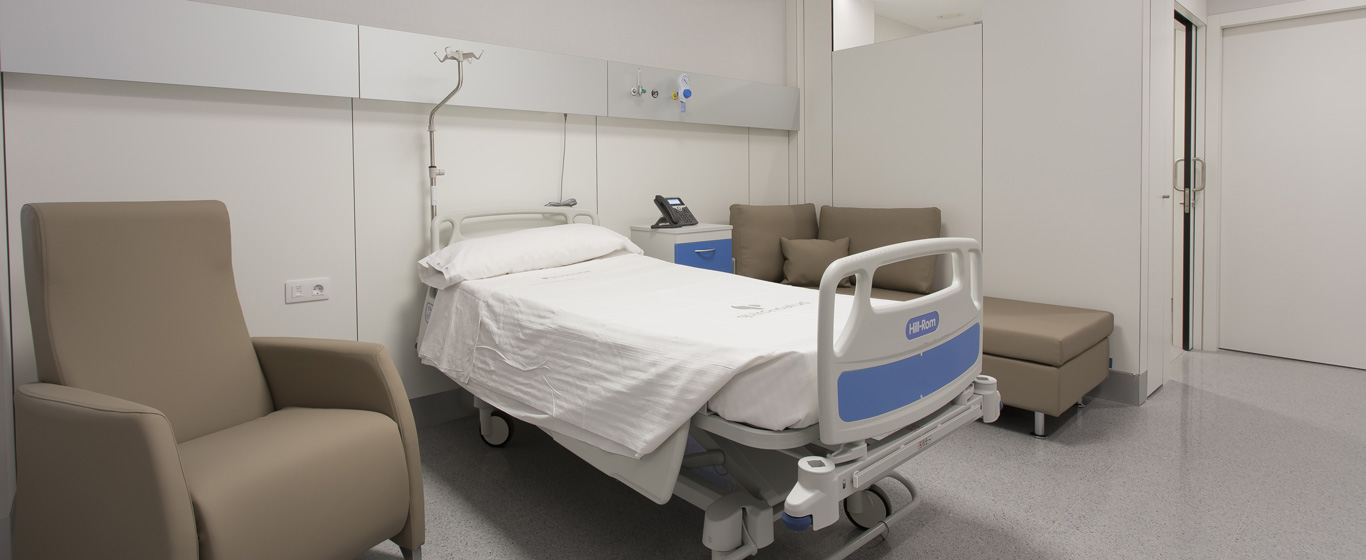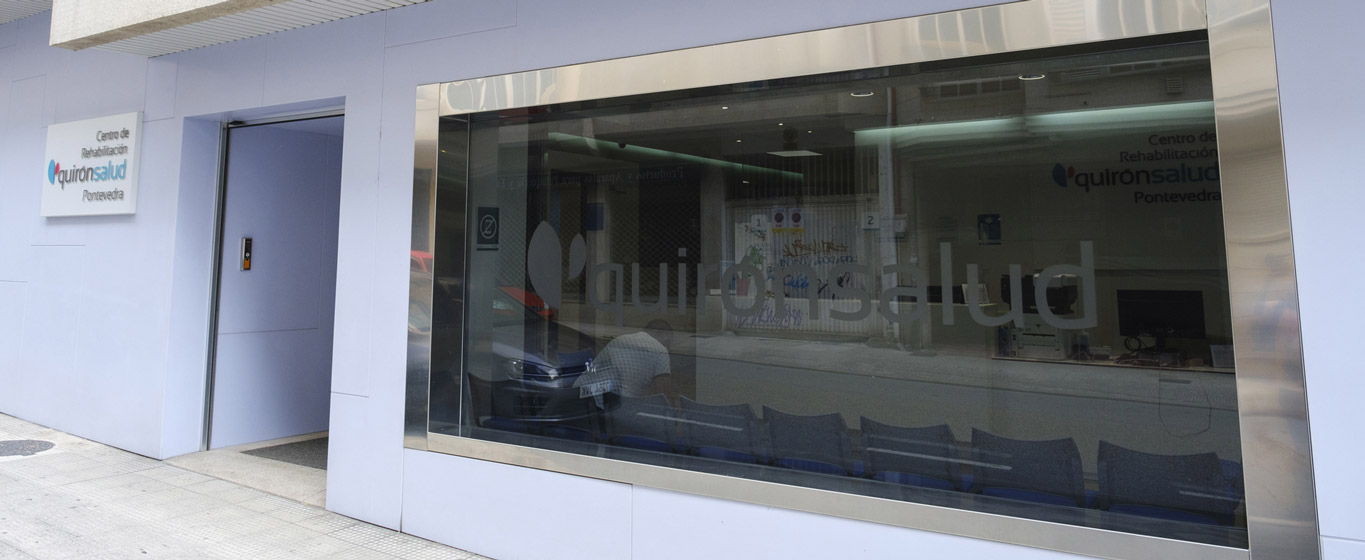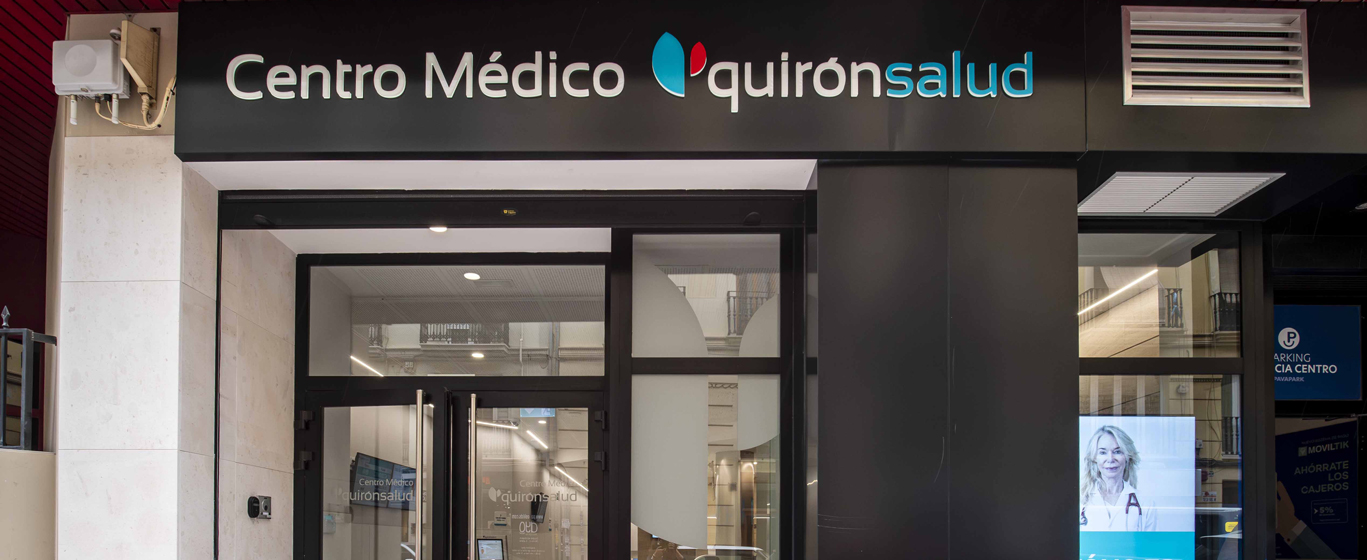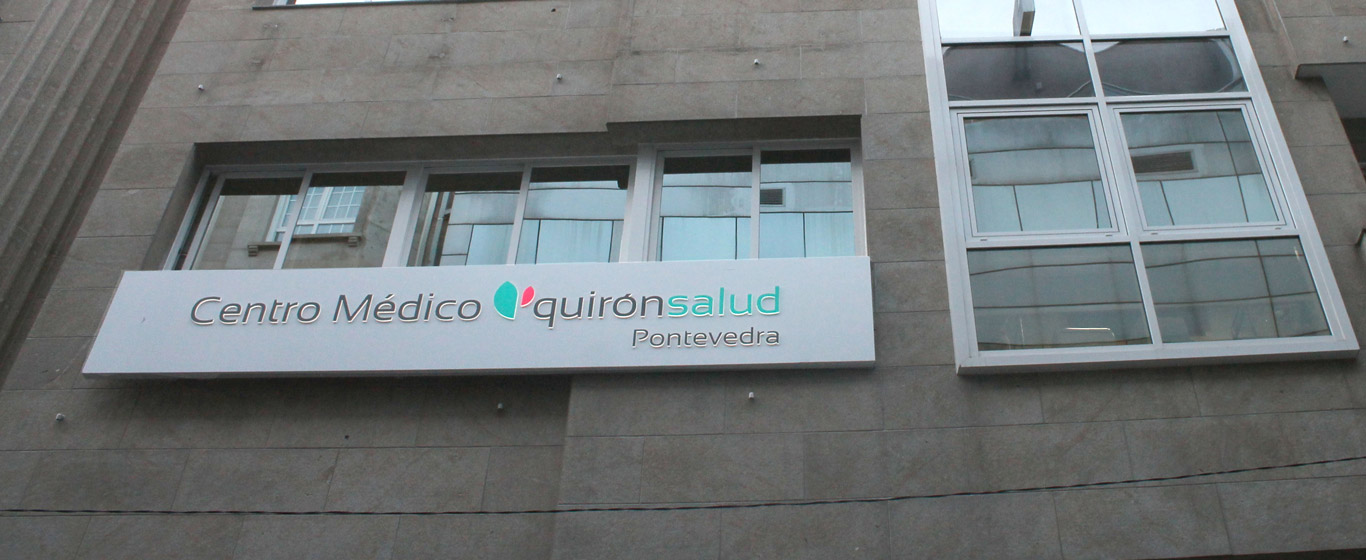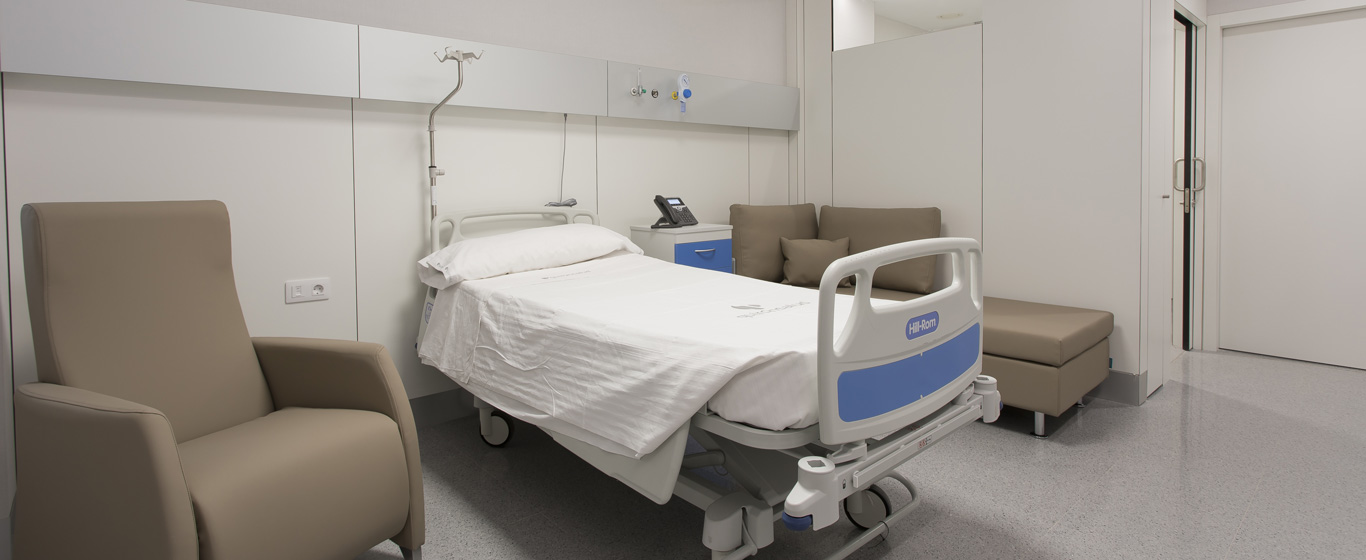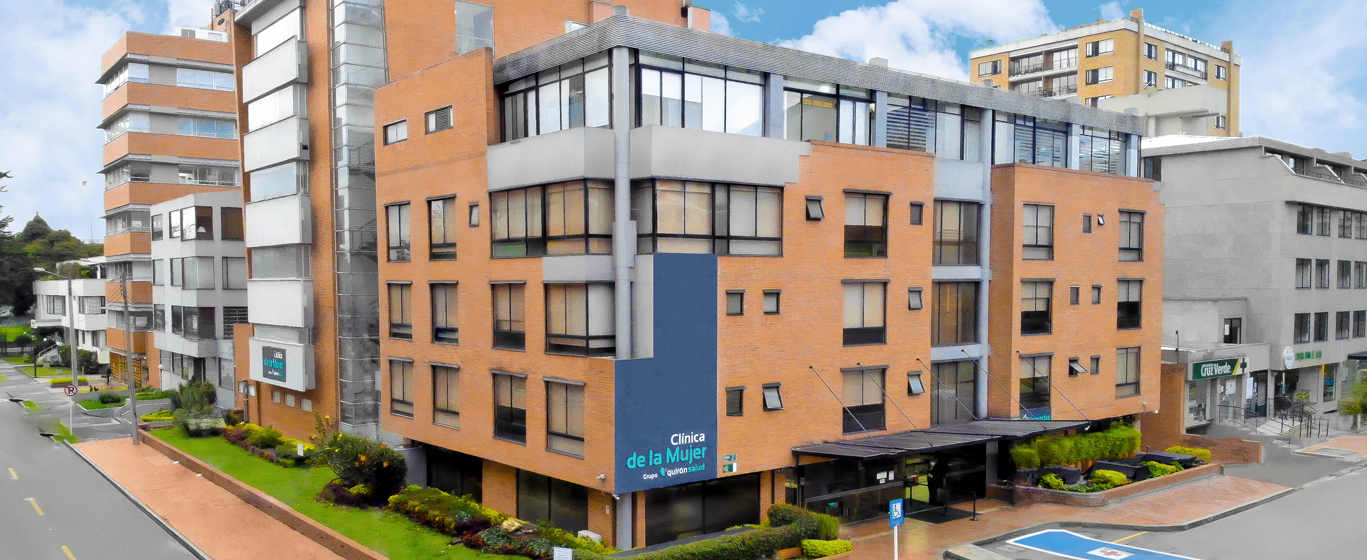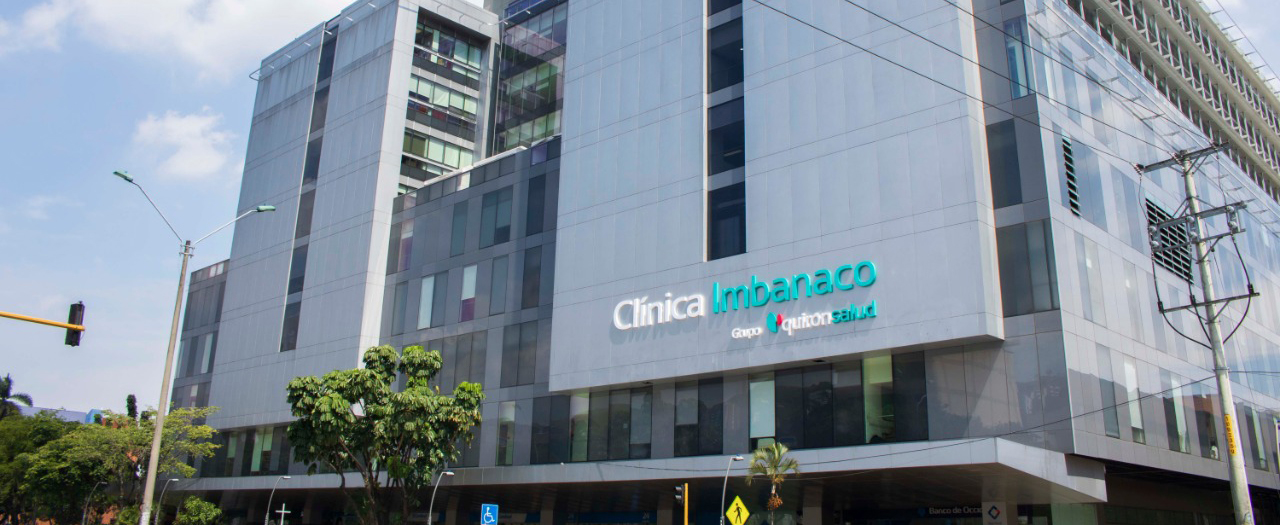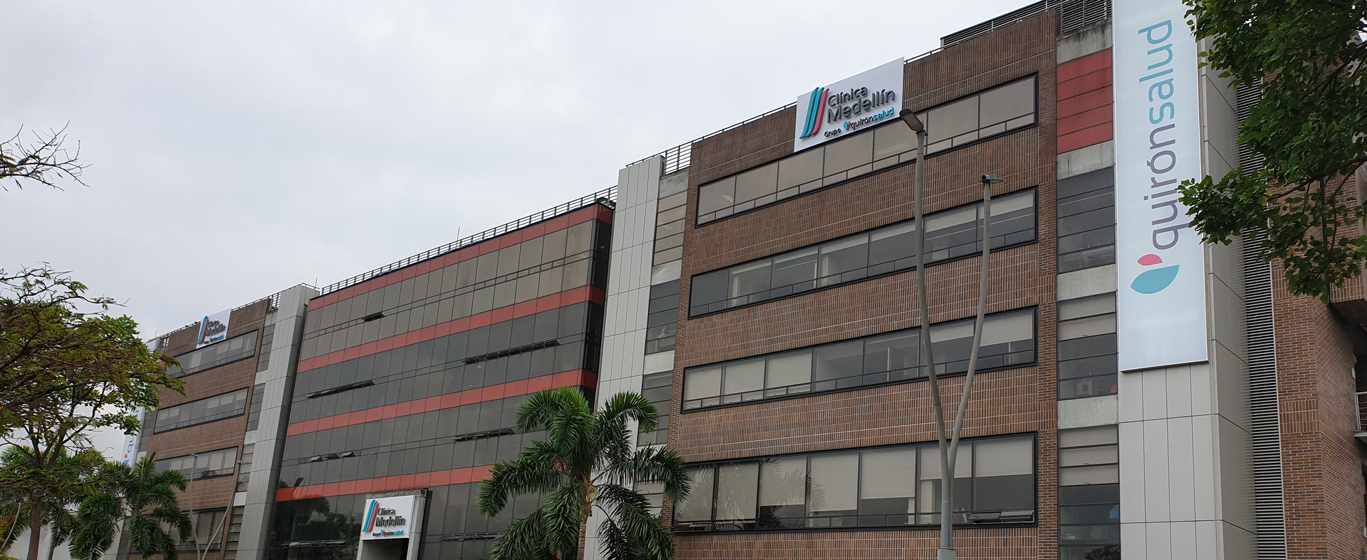Anal Cancer
Is anal cancer curable? Get all the information about prognosis, causes, symptoms, and treatments for this disease.
Symptoms and Causes
Anal cancer, also known as anal carcinoma, is a type of tumor that develops in the perianal area (the skin surrounding the anus) or in the anal canal, a three to four-centimeter-long passage that extends from the perianal skin to the end of the rectum. Anal cancer is very rare.
Based on the affected cells, there are two main types of anal cancer:
- Squamous cell carcinoma (epidermoid carcinoma): Originates in the squamous cells of the perianal skin or the mucosa lining the anal canal. It is the most common type.
- Anal adenocarcinoma: Arises from the glandular cells of the anal glands.
Anal cancer is curable in most cases, although prognosis depends on the stage at which it is detected. The five-year survival rate for patients diagnosed in the early stages exceeds 85%. Even in cases where the disease has spread to lymph nodes, the five-year survival rate remains above 50%, provided there is no invasion of adjacent organs or distant metastasis.
Symptoms
Although it may sometimes be asymptomatic, common symptoms of anal cancer include:
- Lumps in the anal opening
- Bleeding from the anus or rectum
- Mucous or pus discharge
- Presence of blood in stool
- Pain or pressure around the anus
- Itching or irritation in the anal area
- Changes in bowel habits
Causes
Anal cancer arises due to the uncontrolled proliferation of squamous cells in the anus. This abnormal cell multiplication occurs due to mutations in cellular DNA that disrupt normal reproductive processes, leading to an excess of cells that accumulate to form tumors.
The exact cause of these mutations is unclear, but anal cancer has been linked to the human papillomavirus (HPV), particularly HPV types 16 and 18. This virus triggers the development of intraepithelial neoplasia in the anus, which are precursor lesions to squamous cell carcinoma of the anus.
Risk Factors
The likelihood of developing anal cancer increases under the following conditions:
- History of vulvar, vaginal, or cervical cancer
- Engaging in anal sex
- Unprotected sexual intercourse, which raises the risk of HPV infection
- Conditions that weaken the immune system, such as HIV or organ transplants
- Smoking
- Age: More commonly affects individuals over 50 years old
- Chronic perianal fistulas or long-standing perianal lesions
- Previous pelvic radiation therapy
Complications
Although uncommon, anal cancer can metastasize, spreading through the bloodstream or lymphatic system to other parts of the body, usually the lymph nodes, liver, or lungs. When anal cancer spreads to distant sites, treatment becomes significantly more challenging, leading to a poorer prognosis and reduced survival rates.
Prevention
The risk of developing anal cancer can be reduced by addressing its risk factors:
- Getting vaccinated against HPV
- Using protection during all sexual activities
- Avoiding tobacco use
- Treating and monitoring intraepithelial anal lesions
- Undergoing early detection screenings if at high risk. The screening test, known as an anal Pap smear, involves collecting cell samples from the anal canal using a swab.
Which Doctor Treats Anal Cancer?
Anal cancer is diagnosed and treated by specialists in oncology and general and digestive surgery.
Diagnosis
Anal cancer is often diagnosed late due to its non-specific symptoms, which can be mistaken for hemorrhoids, fistulas, or benign tumors. The diagnosis of anal cancer is based on the following tests:
- Physical examination: A digital rectal exam is performed to detect any abnormal lumps.
- Anoscopy: A thin, flexible tube (anoscope) with a light and magnifying lens is inserted through the anus to examine the interior of the rectum.
- Biopsy: A sample of anal tissue is analyzed to confirm the presence of cancerous cells. This sample is usually collected during anoscopy.
- Imaging tests such as MRI or PET scan to determine whether the cancer has spread to other organs.
Treatment
The choice of treatment depends on the stage of the cancer. The available options include:
- Radiation therapy: High-energy beams, such as X-rays or protons, are used to destroy cancer cells. Radiation can be administered externally (external beam radiation therapy) or internally by placing radioactive material near the tumor (brachytherapy). For anal cancer, radiation therapy is typically combined with chemotherapy, allowing for a reduced radiation dose while maintaining effectiveness and minimizing side effects.
- Chemotherapy: Cancer is treated with oral or intravenous administration of antineoplastic drugs that destroy cancer cells or prevent their multiplication.
- Surgical treatment:
- Local excision: Only applicable for small, localized cancers. The tumor is surgically removed along with a margin of healthy tissue while preserving the sphincters. However, there is a risk of recurrence.
- Abdominoperineal resection: Used when chemotherapy and radiation therapy are ineffective or if the cancer recurs. This procedure involves removing the anus, rectum, and part of the sigmoid colon through an abdominal incision. After the removal, a colostomy is required, where the end of the large intestine is connected to an opening in the abdomen, allowing waste to be collected in a disposable bag.







